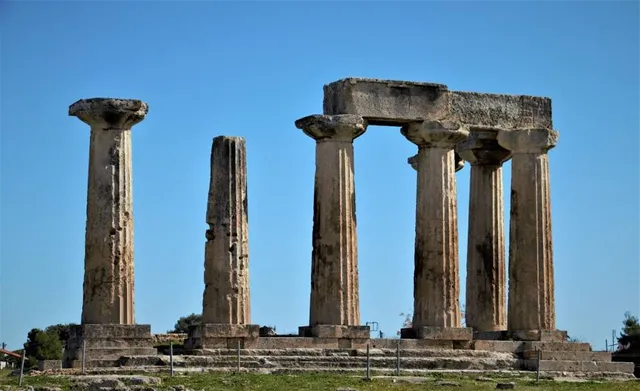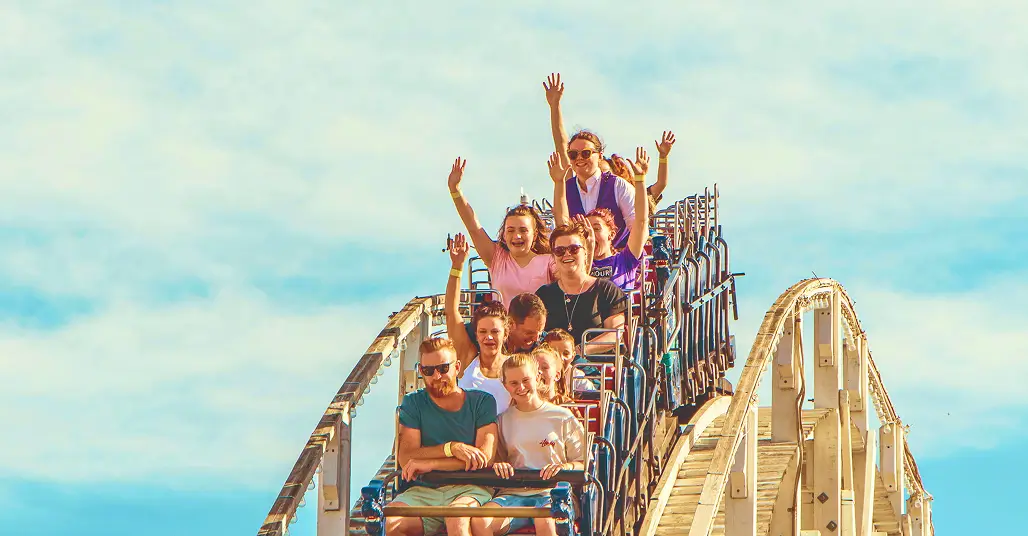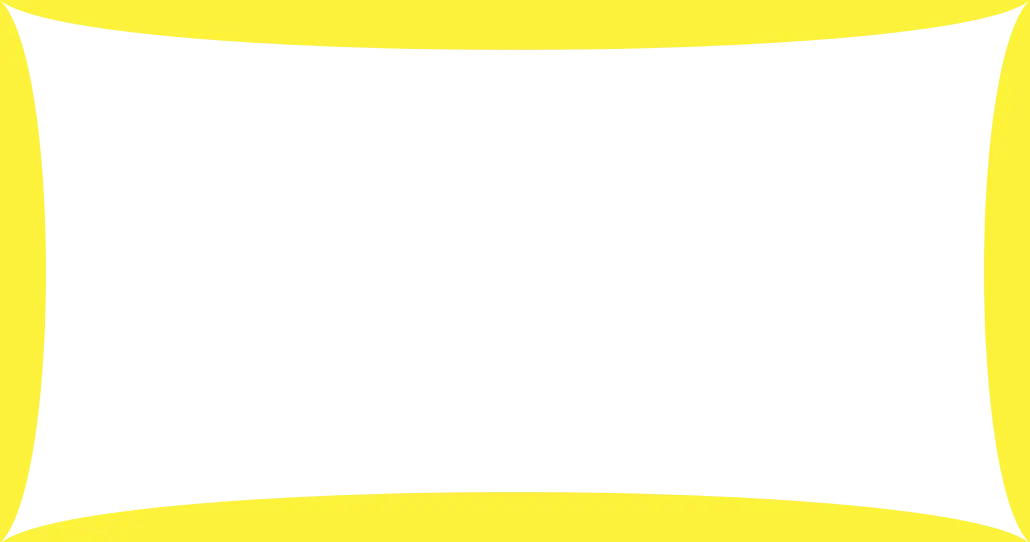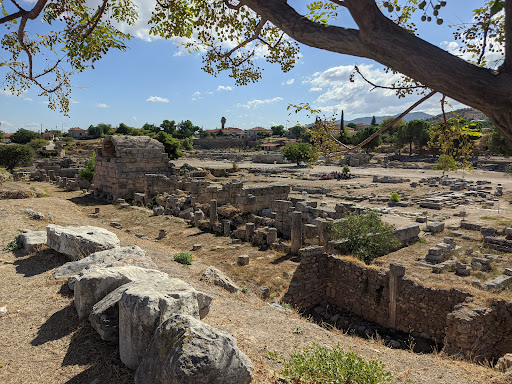Ancient Corinth things to do, attractions, restaurants, events info and trip planning
Basic Info
Ancient Corinth
Argous 105, Archea Korinthos 200 07, Greece
4.7(3.9K)
Open 24 hours
Save
spot
spot
Ratings & Description
Info
Corinth was a city-state on the Isthmus of Corinth, the narrow stretch of land that joins the Peloponnese to the mainland of Greece, roughly halfway between Athens and Sparta. The modern city of Corinth is located approximately 5 kilometres northeast of the ancient ruins.
Cultural
Outdoor
Accessibility
attractions: Archaeological Museum of Ancient Corinth, Temple of Apollo, Peirene Fountain, Lechaion Road, restaurants: Marinos Restaurant "Authentic Greek Cuisine", Mataroa Pizzeria Italiana, Aigli Ancient Corinth, Taverna Gemelos
 Learn more insights from Wanderboat AI.
Learn more insights from Wanderboat AI.Phone
+30 2741 031207
Website
archaeologicalmuseums.gr
Plan your stay

Pet-friendly Hotels in Municipality of Corinth
Find a cozy hotel nearby and make it a full experience.

Affordable Hotels in Municipality of Corinth
Find a cozy hotel nearby and make it a full experience.
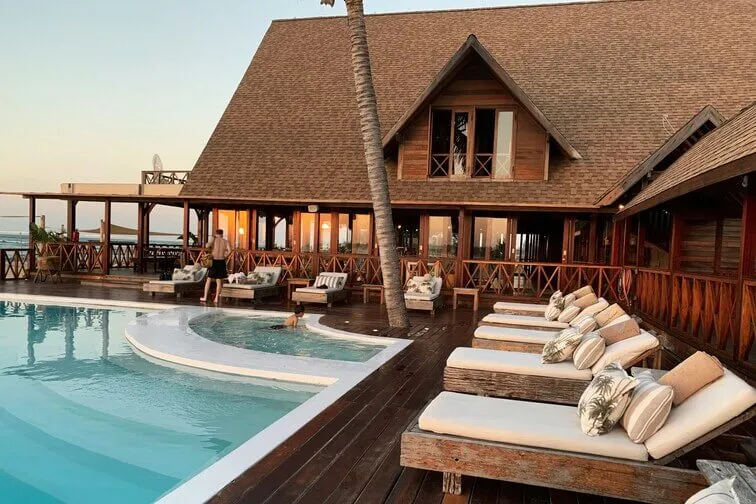
The Coolest Hotels You Haven't Heard Of (Yet)
Find a cozy hotel nearby and make it a full experience.

Trending Stays Worth the Hype in Municipality of Corinth
Find a cozy hotel nearby and make it a full experience.
Reviews
Nearby attractions of Ancient Corinth
Archaeological Museum of Ancient Corinth
Temple of Apollo
Peirene Fountain
Lechaion Road
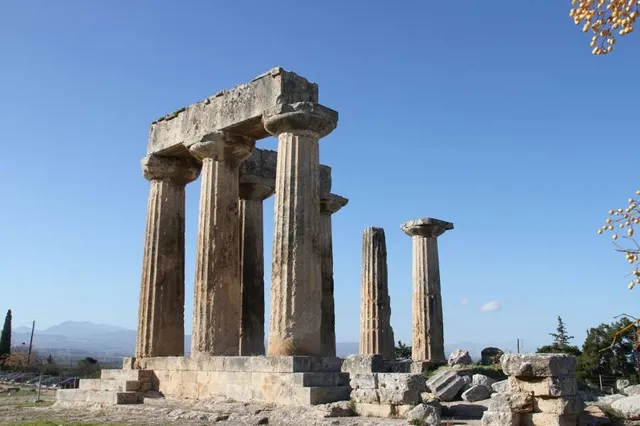
Archaeological Museum of Ancient Corinth
4.7
(1.5K)
Open 24 hours
Click for details
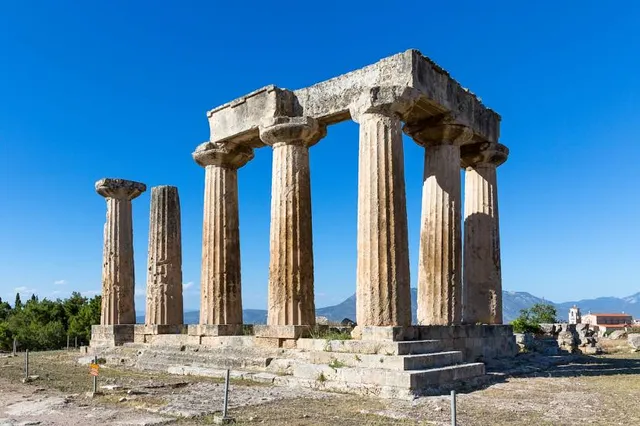
Temple of Apollo
4.8
(1.8K)
Open 24 hours
Click for details

Peirene Fountain
4.7
(27)
Open 24 hours
Click for details
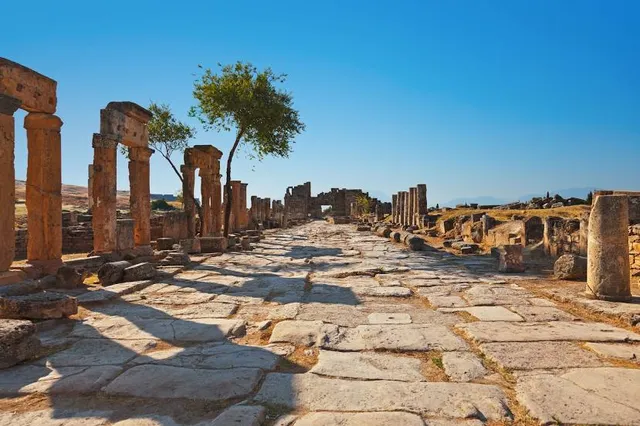
Lechaion Road
4.6
(16)
Open 24 hours
Click for details
Things to do nearby

Ancient Corinth Private Tour with Licensed Guide
Sun, Dec 21 • 7:30 AM
200 07, Archaia Korinthos, Greece
View details
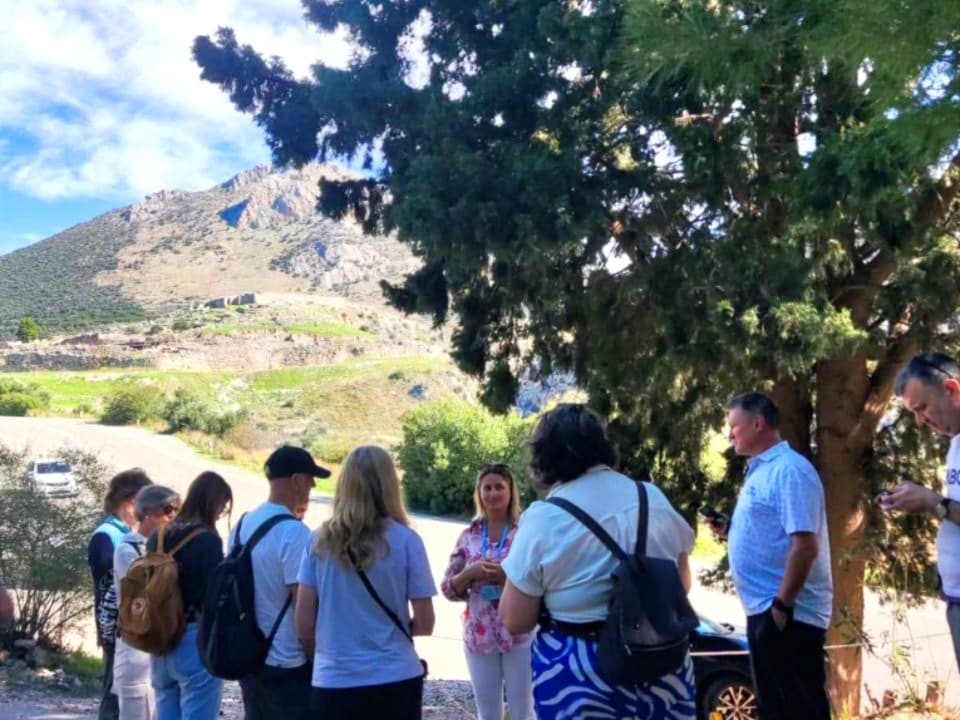
Ancient Mycenae Private Tour with Licensed Guide
Sun, Dec 21 • 7:30 AM
212 00, Mykines, Greece
View details
Nearby restaurants of Ancient Corinth
Marinos Restaurant "Authentic Greek Cuisine"
Mataroa Pizzeria Italiana
Aigli Ancient Corinth
Taverna Gemelos
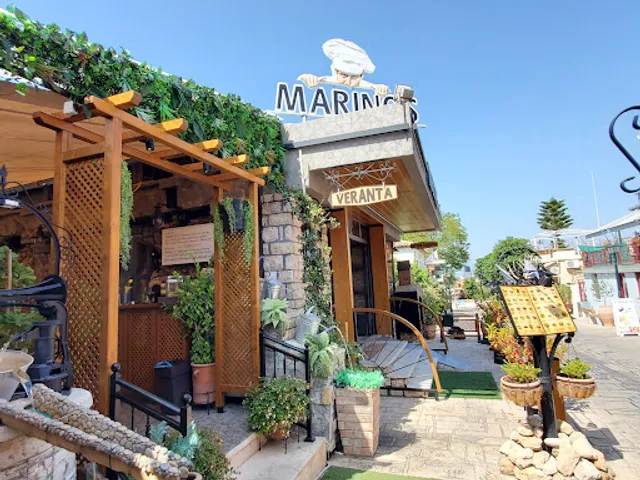
Marinos Restaurant "Authentic Greek Cuisine"
4.7
(690)
Click for details
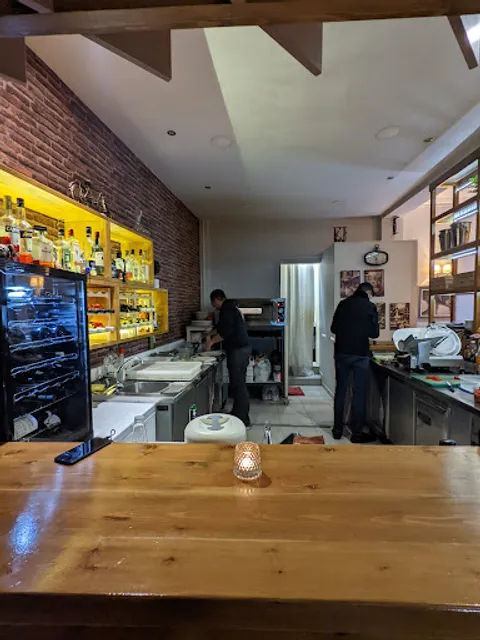
Mataroa Pizzeria Italiana
4.8
(316)
Click for details
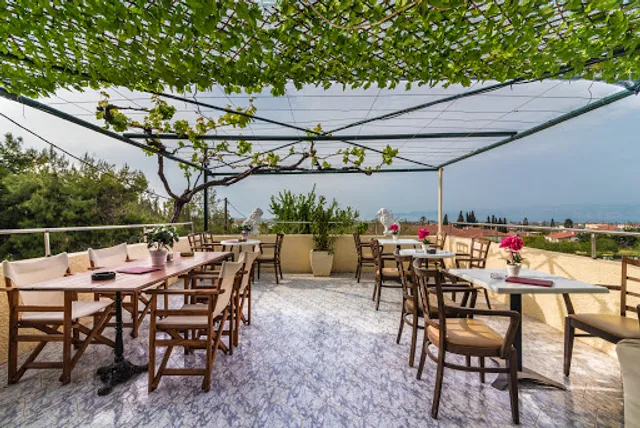
Aigli Ancient Corinth
4.7
(225)
Click for details

Taverna Gemelos
4.3
(186)
Click for details
